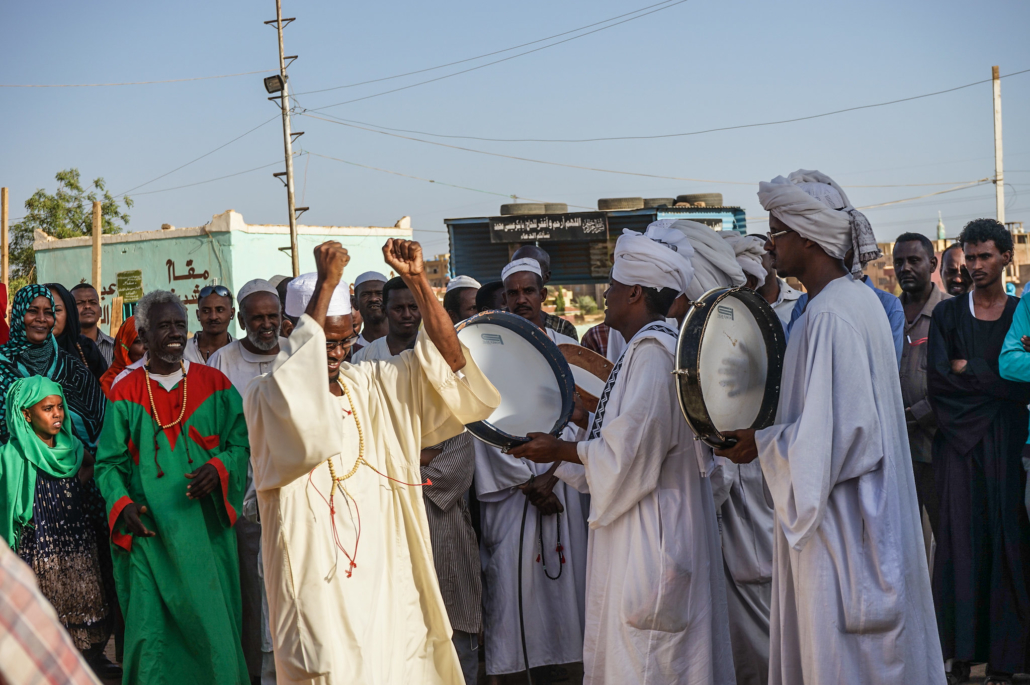Fighting HIV/AIDS in Sudan

The global epidemic of HIV/AIDS began in 1981 and continues as a severe global issue today, especially in developing countries. Citizens of developing countries are at higher risk of contracting HIV due to factors such as having a weak immune system from prior infections, lack of accessible health care and inadequate preventative education. According to a 2020 UNAIDS report, in Sudan, a developing country of 11.19 million, 0.2% of people aged 15-49 are HIV positive, based on 2019 estimates. Not only is the number significantly lower than in Sudan’s neighboring countries such as Kenya (4.2%), Malawi (8.1%), Zambia (11.1%) and South Sudan (2.3%) but the percentage of people with HIV in Sudan is lower than the global average, which stands at 0.7% as of 2021. Not only is this a significant success for HIV news but this statistic breaks stereotypes about HIV in developing countries as well as overall rates of HIV/AIDS in Sudan are generally low.
Sudan’s Culture and HIV Prevalence
Sudan’s 0.2% HIV prevalence rating gives the country a “low epidemic” classification. Within the geographical region, Sudan’s most commonly practiced religion is Muslim, with 91% of the population practicing the religion. The Muslim religion follows the ideology of the absence of sex until marriage. Islamic teachings also prohibit homosexuality, adultery and intoxicants.
A 2004 study by Peter Gray researched HIV prevalence among different religions and Islam proved to have a negative correlation with HIV prevalence. However, despite these stringent rules, HIV still has some prevalence in Muslim-dominated countries such as Sudan. Muslim leaders initially did not see HIV as an issue in their countries, believing that the rules of their culture made it a non-issue.
In some ways, the conservative attitudes of Muslim societies have created additional barriers to addressing the HIV crisis due to prejudices and stigma, leading to a lack of awareness. Fortunately, over the past decade, more Muslim-dominated countries are acknowledging the prevalence of HIV/AIDS within their borders and are taking steps to increase awareness, preventative care and treatment. This is the case regarding Sudan as well.
The Fight Against HIV/AIDS in Sudan
By the latter part of 2016, Sudan decided to adopt the World Health Organization (WHO) “treat-all policy.” According to WHO, this policy means providing each and every person enduring HIV with “lifelong [antiretroviral treatment], including children, adolescents, adults and pregnant and breastfeeding women, regardless of clinical status or CD4 cell count.” The treat-all policy focuses on treating HIV as early as possible rather than waiting for its progression. This treat-all policy is associated with decreased mortality and transmission rates.
The Correlation Between HIV and Poverty
HIV/AIDS and poverty have several links. For instance:
- Patients with HIV may find that their condition can get in the way of keeping a steady job, thus affecting a country’s employment levels. Research shows that unemployment among individuals living with HIV/AIDS stands between 45% and 65%.
- People from lower social classes “have delayed treatment initiation relative to more affluent patients, reducing their chances of survival,” said the American Psychological Association.
- Those living with HIV in lower social classes face higher mortality rates.
Despite being a developing country, Sudan still has a generally low HIV rate. This not only breaks stereotypes but also shows strides in the fight against HIV/AIDS in Sudan.
– Luke Sherrill
Photo: Flickr
